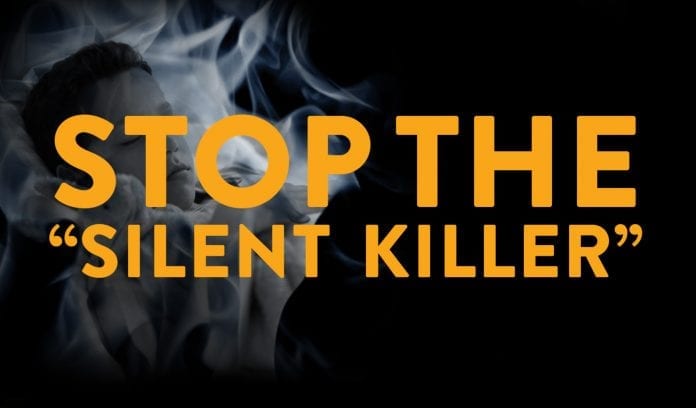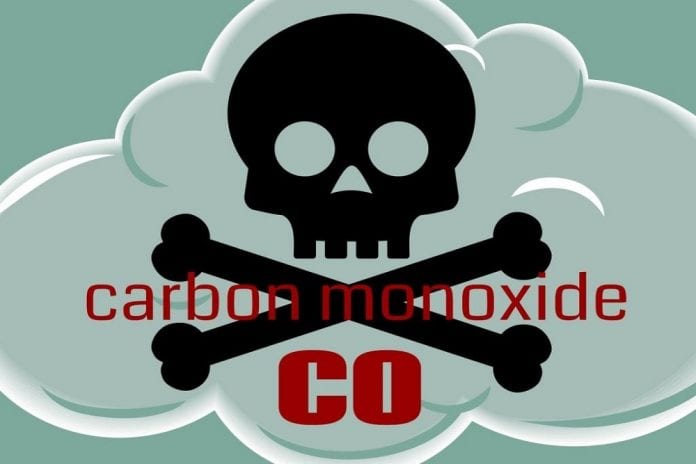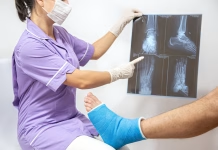If you live in a house or apartment, you will need to account for certain risks in your day-to-day life. For instance, you’ll want to protect yourself from potential fires, whether that is replacing an old oven or replacing your smoke detectors. It’s also worthwhile to invest in a top-notch security system—especially if you live in a city or neighborhood that has a history of substantial criminal behavior.
That being said, there is another threat that is somewhat underrated, yet extremely terrifying. If it goes undetected, it can result in severe injuries or death. That threat is carbon monoxide poisoning.

It is also known as the silent killer. Without warning, it can significantly change (or end) the course of your life. Because of this, it is absolutely worth your time to learn about it and how to protect yourself from this substantial threat. In doing so, you can protect yourself and your family while giving yourself some much-needed peace of mind.
Some Basic Facts
To understand some of the basics about carbon monoxide, it is helpful to look at guidance provided by the Centers for Disease Control (“CDC”). The CDC defines it as an odorless, colorless gas that can kill you. This is one of the reasons why carbon monoxide is so dangerous. There have been situations where individuals or families have died while they were asleep because they weren’t able to detect it. It is an extremely scary situation, so you’ll need to be absolutely certain that you are protecting yourself if carbon monoxide is released in your home.
It can also be found in many different types of places and objects. One of the most well-known emitters of carbon monoxide are auto vehicles. It is emitted anytime that you turn on your car or truck. This is why you should never turn on your car or truck with your garage door closed. By doing so, the carbon monoxide emitted from your vehicle is trapped inside your garage, making it substantially more likely that you will suffer from poisoning.
Beyond carbon monoxide being emitted from your vehicle, it can also come from things like small engines, grills, lanterns, stoves, gas ranges, fireplaces, and furnaces. Essentially, carbon monoxide is released as something burns. As you can see, the threat exists both indoors and outdoors. However, being indoors or in a closely confined space with poor ventilation dramatically increases your odds of suffering from poisoning of it.

Some Basics About Carbon Monoxide Poisoning
With this basic understanding of carbon monoxide in mind, let’s talk about poisoning of it. Carbon monoxide poisoning occurs when you breathe it in for a certain period of time. Symptoms can occur within only a few minutes or can start emerging over weeks or months.
Upon inhaling carbon monoxide, the colorless and odorless gas passes from your lungs into your bloodstream. Once it enters your bloodstream, it attaches to hemoglobin molecules, which normally carry oxygen throughout your body. Having said this, hemoglobin molecules cannot carry oxygen when they are the host to carbon dioxide. This is bad news, especially when it continues to attach to hemoglobin molecules throughout your body. Because your body isn’t getting enough oxygen, individual cells will suffocate and die, including those important cells found in your heart and your brain. If you are exposed to carbon dioxide for long enough, you won’t have enough oxygen and will die.
The unfortunate reality is that everyone is vulnerable to carbon monoxide poisoning. Nonetheless, there are certain groups of people that may be more susceptible. Those groups of people include the elderly, infants, those with heart disease, anemia, or breathing problems. To reiterate, however, everyone is vulnerable to this type of poisoning. According to the CDC, more than 400 Americans die from unintentional carbon monoxide poisoning that is not due to fires. Along with these 400 deaths, 20,000 Americans visit the emergency room due to carbon monoxide poisoning and about 4,000 are hospitalized. If you are looking to talk to a carbon monoxide poisoning lawyer turn to baumgartnerlawyers.com for a free consultation.
At this point, you may be wondering about what this type of poisoning feels like. After all, even if you can’t smell or see carbon monoxide, it is causing significant changes and damages to your body. Some of the most common symptoms of this poisoning include weakness, dizziness, headache, vomiting, chest pain, confusion, a rapid or irregular heartbeat, or upset stomach. These symptoms are essentially “flu-like.”
Critically, the amount of exposure to carbon monoxide will play a part in how you experience these symptoms. For example, if you are being exposed to very small or limited amounts, it may take weeks or months before you start experiencing noticeable symptoms. If the exposure is high, however, it may take only a few minutes before you pass out.
Protecting Yourself From Carbon Monoxide Poisoning

This type of poisoning is no joke. It is arguably the most dangerous threat that you’ll face in your home or apartment.
That’s the bad news. The good news is that there are several important steps that you can take to minimize your risk of this poisoning. Even though it may be essentially impossible to take your risk of poisoning to zero, these tips and strategies will go a long way in keeping you safe.
To start, one of the best things that you can do is invest in a carbon monoxide detector. Like a smoke detector, a carbon monoxide detector can automatically detect carbon monoxide when it is being emitted. Upon detecting it, the detector will make a loud noise, letting you know that you need to turn off the device emitting the carbon monoxide or leave the room entirely.
There are many types of these detectors on the market today. Some smoke detectors also include carbon monoxide detectors. Whichever detector you choose, make sure that it is battery operated or has a battery backup. This is to ensure that your detector stays on in the event of a power outage. As with other detectors, make sure you replace the batteries as necessary.
Beyond carbon monoxide detectors, you’ll want to purchase safe appliances. For instance, make sure that they vent to the outside. Also try to purchase appliances that are tested and certified as safe by recognized certifying organizations (like the Underwriters’ Laboratories or the American Gas Association). Investing in higher-quality appliances can make a meaningful dent in reducing your poisoning risk.
Finally, never operate gas-powered tools or engines inside. The most obvious case of this is your vehicle running in your garage, but this can include other gas-powered tools that run in your home. By doing this, you are greatly increasing your chances of suffering from carbon monoxide poisoning. Even if it may be more inconvenient, it may save your life.
Conclusion
This type of poisoning can be an extremely scary thing. That being said, there are steps that we can take action today to protect ourselves and loved ones from this silent killer. By understanding the risks and being proactive, we can dramatically reduce our risks to succumbing from poisoning. Because this threat is so dangerous, the best time to get started is now.









